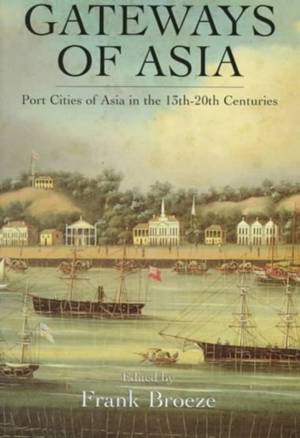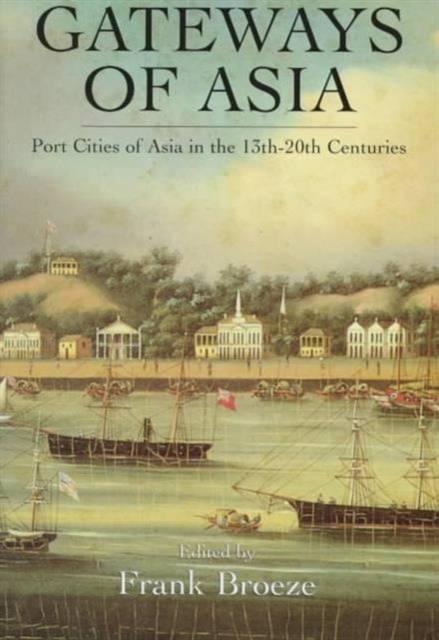
- Afhalen na 1 uur in een winkel met voorraad
- Gratis thuislevering in België vanaf € 30
- Ruim aanbod met 7 miljoen producten
- Afhalen na 1 uur in een winkel met voorraad
- Gratis thuislevering in België vanaf € 30
- Ruim aanbod met 7 miljoen producten
Zoeken
Omschrijving
First Published in 1997. The dynamic role of port cities has been a major element in the thrust of modern port city literature since. In the process interactions between history and other disciplines, above all geography, economics and town planning resulted in a growing number of collaborative volumes. Indicative of the broad front, multi-disciplinary approach and challenging agenda of this wave of port town and port city studies is the collective and diverse nature of the themes and authorship of each of these works. That very diversity of disciplines, nationalities and perspectives is also one of the main pillars supporting Gateways of Asia. It is not a repetition or summary of the introduction and first chapter of Brides of the Sea, but the publication of this volume, in many ways a sequel to that work, does provide the opportunity of clarifying a few points and elaborating on some issues raised after its publication.
Specificaties
Betrokkenen
- Auteur(s):
- Uitgeverij:
Inhoud
- Aantal bladzijden:
- 372
- Taal:
- Engels
- Reeks:
- Reeksnummer:
- nr. 2
Eigenschappen
- Productcode (EAN):
- 9780710305541
- Verschijningsdatum:
- 7/01/1997
- Uitvoering:
- Hardcover
- Formaat:
- Genaaid
- Afmetingen:
- 156 mm x 234 mm
- Gewicht:
- 698 g

Alleen bij Standaard Boekhandel
+ 732 punten op je klantenkaart van Standaard Boekhandel
Beoordelingen
We publiceren alleen reviews die voldoen aan de voorwaarden voor reviews. Bekijk onze voorwaarden voor reviews.











